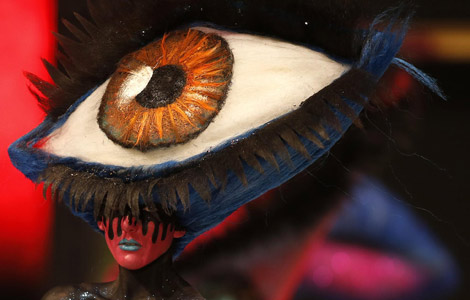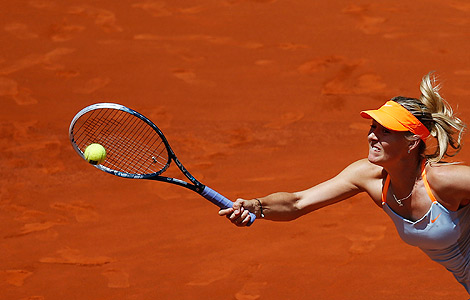Chinese ceramics, works of art to be auctioned
Updated: 2013-05-14 02:01
(Xinhua)
|
|||||||||||
LONDON - Art dealer Christie's is going to sell 300 lots of Chinese ceramics and works of art on Tuesday, the beginning of its Asian Art Week in London this season.
Leading the auction is a rare pair of massive famille rose models of pagodas, which were believed to be made at the late Qianlong period about 1750 to 1800, said Marco Almeida, director of the Chinese Ceramics and Works of Art section with Christie's.
Standing at 263 centimetres tall, the pair was the first to be sold at an open market, according to Almeida, who noted that the price could be between 250,000 to 300,000 pounds (383,671 to 460,405 U.S. dollars).
These pagodas were likely to be made based on the Bao'en Temple (Temple of Gratitude) in east China's Nanjing city. They were constructed with nine upper storeys, each with the upward-curving tiled eaves typical of roofs in southern China. They were exquisite with green tiles, underglaze blue walls and iron red enamel and gilt in imari style.
Almeida told Xinhua that the pair, kept in an Italian castle since the 1950s, were exported to the West during the Qing dynasty.
"The British Prince of Wales, later George IV, bought a similar pair in 1804 for his exotic Royal Pavilion in Brighton, when oriental art was considered fashionable," he said. These pagodas remained in the Royal Collection and sent to the Buckingham Palace.
Porcelain pagodas of such a size are extremely rare. In 2008, a fraction of such a pagoda fetched as much as 108,000 pounds.
A pair of large cloisonne enamel elephants dated back to the Qianlong period were estimated to get 200,000 to 300,000 pounds.
Elephants, quiet and powerful, were always associated with Buddhism in China. "They were always used to flank a throne, or seat of an official," Almeida said. Today in the Forbidden City a similarly large pair can still be seen in the Hall of Supreme Harmony.
A rare surviving pair of Buddhist sculptures were made during the Yuan or early Ming dynasty in the 14th century. These bodhisattvas, made with stucco technique."They have a wooden sculpture inside, and earthenware outside, and were thus very fragile," Almeida said. They were hard to preserve too. "They will crack if it is too dry, and melt if too humid."
Measuring 135 centimetres tall, they were adorned with elaborate crown. One of them was shown holding a scroll, while the other chanted sutras.
Highlights of the jade include a marriage bowl decorated with Mandarin ducks and fish carved in the interior, as well as a pair of spinach-green archaistic vases. The vases were made during the reign of Qianlong, to be sold at 50,000 to 80,000 pounds.
"Emperor Qianlong was an admirer of antiquity, and saw the birth of archaistic shapes similar to the bronzeware in Shang and Han dynasties," according to Almeida.There are also smaller pieces available at the auction. "Chinese jade craft men are among the best in the world. They know how to incorporate color in the design," he added.
A painting by late Chinese master Qi Baishi was labelled as 40,000 to 60,000 pounds. "He is the Chinese Picasso, and the peaches on the painting were so typical of his style," Almeida said.
The specialist disclosed that they have already received many phone calls from potential buyers, among whom about half are Chinese.
"Porcelain is still the most popular category but others are welcomed as well," he said.
In the following several days, Christie's is going to put more Chinese art works under the hammer, including snuff bottles, textile, lacquer, furniture, books, among others.
Related Stories
Mao photograph sells for $55,300 at Beijing auction 2013-05-13 10:14
Christie's Spring Auctions preview 2013-05-08 10:20
Photos of 19th-century Beijing to be auctioned in London 2013-05-06 10:54
101.73-carat diamond to be auctioned for over $20 million 2013-05-01 12:16
Land parcels set for auction in Shanghai 2013-04-25 11:08
Today's Top News
China, Russia vows more region-to-region co-op
China pledges more humanitarian efforts
Li to visit India, Pakistan
April fiscal revenue rises 6.1%
Plastic-waste smuggling case cracked
H5N1 bird flu reported in Tibet
Heavy rain in S China kills 19
Visits to Japanese shrines 'to continue'
Hot Topics
Lunar probe , China growth forecasts, Emission rules get tougher, China seen through 'colored lens', International board,
Editor's Picks

|
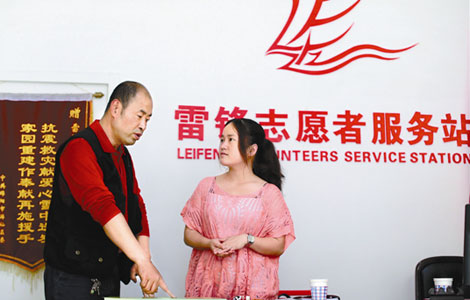
|

|
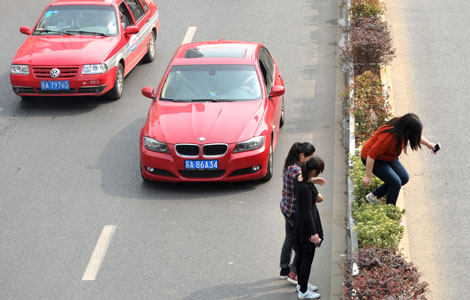
|
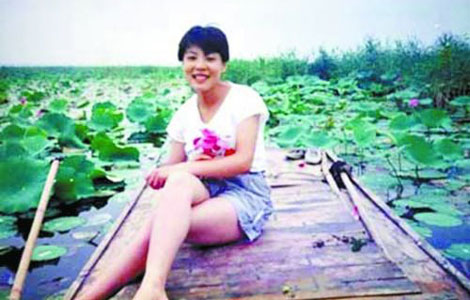
|
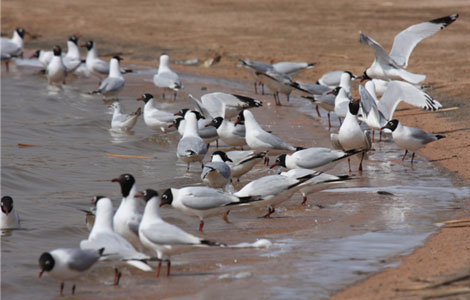
|


